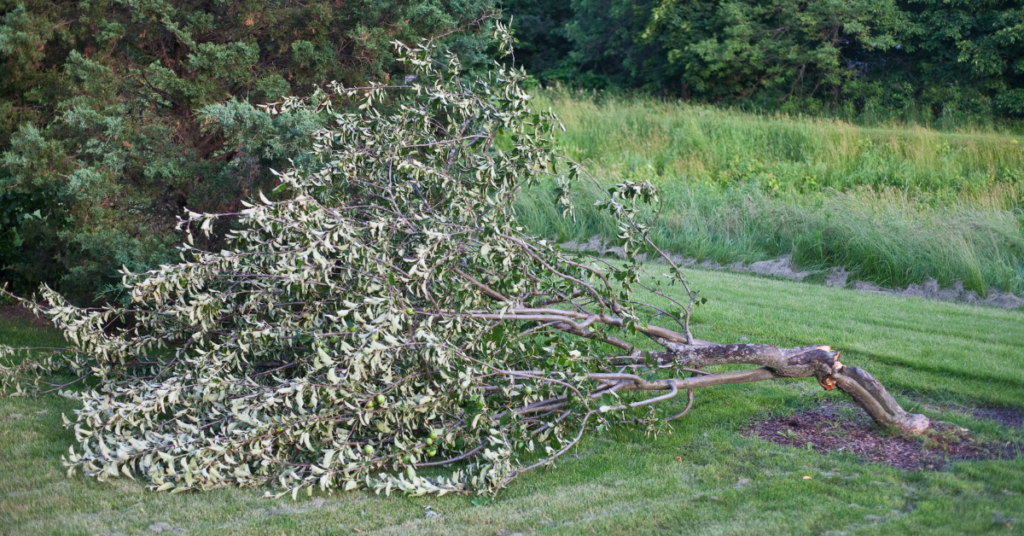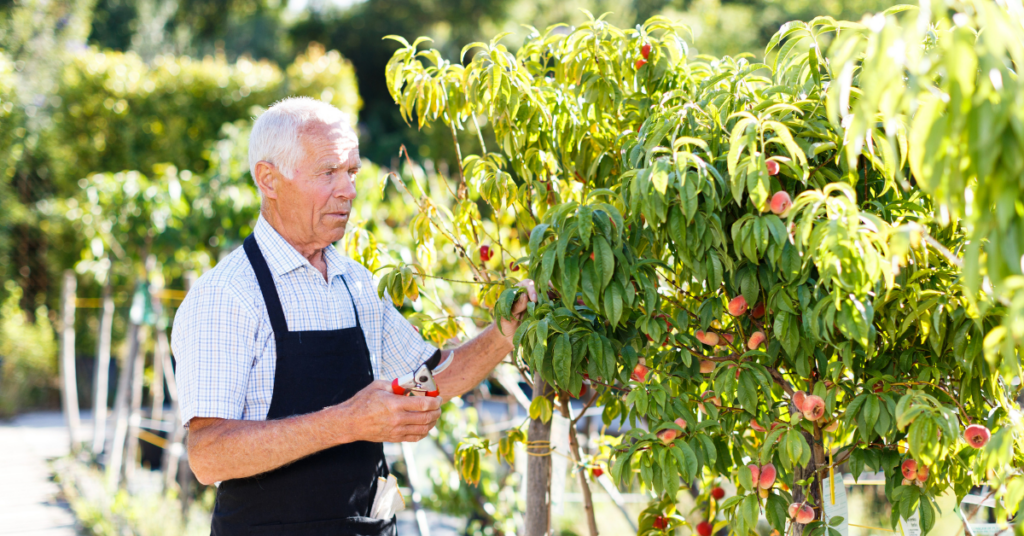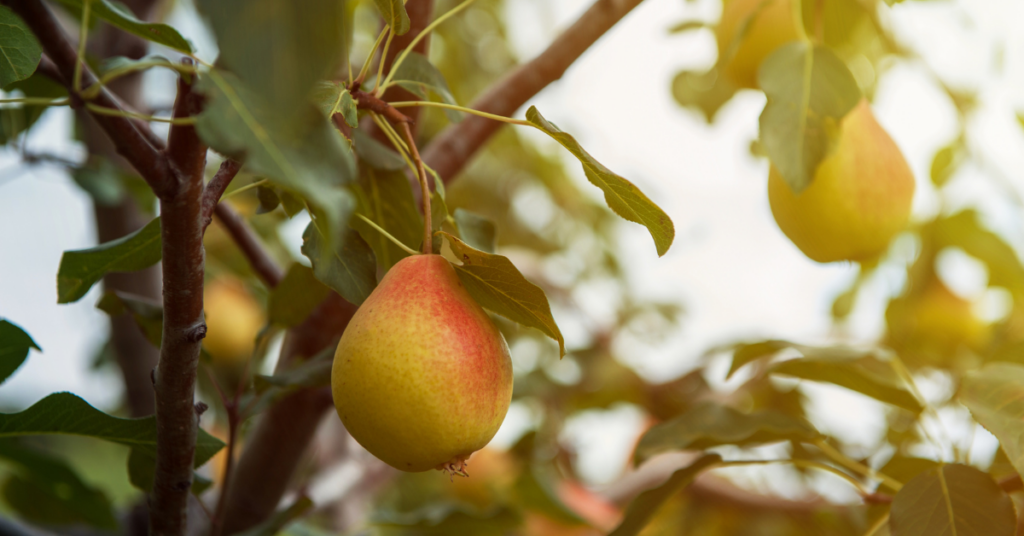For any homeowner interested in harvesting healthy fruit from their trees, it’s important to know when and how to prune fruit trees, including when the best time of year to prune a fruit tree is for optimal results. By understanding the basics of proper pruning practices, you can ensure that your fruit trees will yield plenty of juicy fruits without damage caused by improper pruning techniques or timing.
What is the Best Time of Year to Prune a Fruit Tree?
The optimal time frame for pruning most fruit trees is during the winter months, usually from January to March before buds begin to bloom, a process further explained in our article about the difference between tree trimming and pruning. Exceptions include orange trees, which are best trimmed and pruned in early spring. Regardless of the type of fruit tree, timing should always be taken into consideration when pruning to avoid injuring the tree and getting stuck with poor yields.
How does the local climate affect when a fruit tree should be pruned?
Fruit trees should largely be pruned within the same window of time each year. This means If you live in an area with unpredictable climate changes, which can cause storm damage to your trees, it’s best to exercise caution and prune earlier in the season rather than later. Pruning too late may cause the tree to dedicate more energy to vegetative growth instead of producing the intended fruits. Additionally, attempting to prune too early in winter can result in the branches being damaged by cold temperatures.

How do you know when a fruit tree needs pruning?
In some cases, it’s obvious when a fruit tree needs pruning; broken branches, misshapen trees, dead/diseased limbs, and branches going over power lines are all signs that a tree is ready for pruning. To assure healthy harvests from your fruit trees, it is recommended to begin pruning right away upon planting. Regular pruning throughout the life of the tree reduces the work necessary and the amount of stress placed on the tree.
What Tools Should Be Used When Pruning a Fruit Tree?
When pruning your fruit trees, it’s essential to have the right tools at hand. Recommended equipment for pruning, which we outline in our guide on proper pruning practices, includes hand pruners (Felco or ARS type, bypass,not anvil type), long-handled loppers, 18” (Corona type, bypass, not anvil type), hand saws 12–16 inches in length, rubbing alcohol or 10:1 diluted bleach, a whetting stone or sharpener, oil, a file, a safe ladder (for uneven ground, 3-legged ladders are optimal), pole pruner 10 foot (optional) and a chainsaw (optional).

Should Certain Types of Fruit Trees Be Pruned Differently?
Although there are general principles when it comes to pruning fruit trees, one size doesn’t fit all. Fruit trees are generally pruned to an easily reachable height for harvest, but different species and types of fruit trees may require their own unique approach. Pomme fruits such as apples and pears have a core of several small seeds surrounded by a tough membrane and certain trees may require a different technique in order to maintain health, and our guide on structural pruning vs. health pruning can help you understand the differences.
What Are the Potential Risks When Pruning a Fruit Tree Incorrectly?
By avoiding common mistakes when pruning, you can ensure that your fruit trees remain healthy and enjoyable for years to come. Common blunders that can lead to damage include cutting branches for no purpose or goal, pruning too heavily during the growing season, performing flush or stab style cuts, using inadequate trimmers or pruning snippers, making mistakes in timing, using the wrong tools, removing too much of the canopy, not sanitizing tools between cuts, and leaving too much of a stub after pruning. Encouraging excessive new growth with incorrect pruning is also something to look out for.

Conclusion
Pruning fruit trees can be daunting if you don’t know what you’re doing—or when to do it. However, by paying attention to timing and selecting the right equipment, keeping your fruit trees healthy is easy. The winter season is the ideal time to prune, while being mindful of your local climate and the type of tree you’re dealing with. Keeping an eye out for signs that a tree needs attention and familiarizing yourself with common fruit tree diseases will go a long way in helping you make the most of your fruit tree harvests and knowing the risks associated with improper pruning is crucial as it can lead to serious damage, even making it necessary to remove the tree entirely.
Are you looking for expert arborist help with your fruit trees? Don’t hesitate to reach out to our team for professional tree services in Victoria, BC. Our experienced team can assist you with all aspects of fruit tree care, from pruning to identifying diseases and more. We understand the unique challenges and rewards that come with growing fruit trees, and we’re committed to helping you reap bountiful harvests year after year.
Contact our arborists today for a consultation and let’s ensure your trees are in the best possible shape. No task is too big or too small for our team to handle, so whether you’re a novice gardener or a seasoned green thumb, don’t hesitate to reach out.


